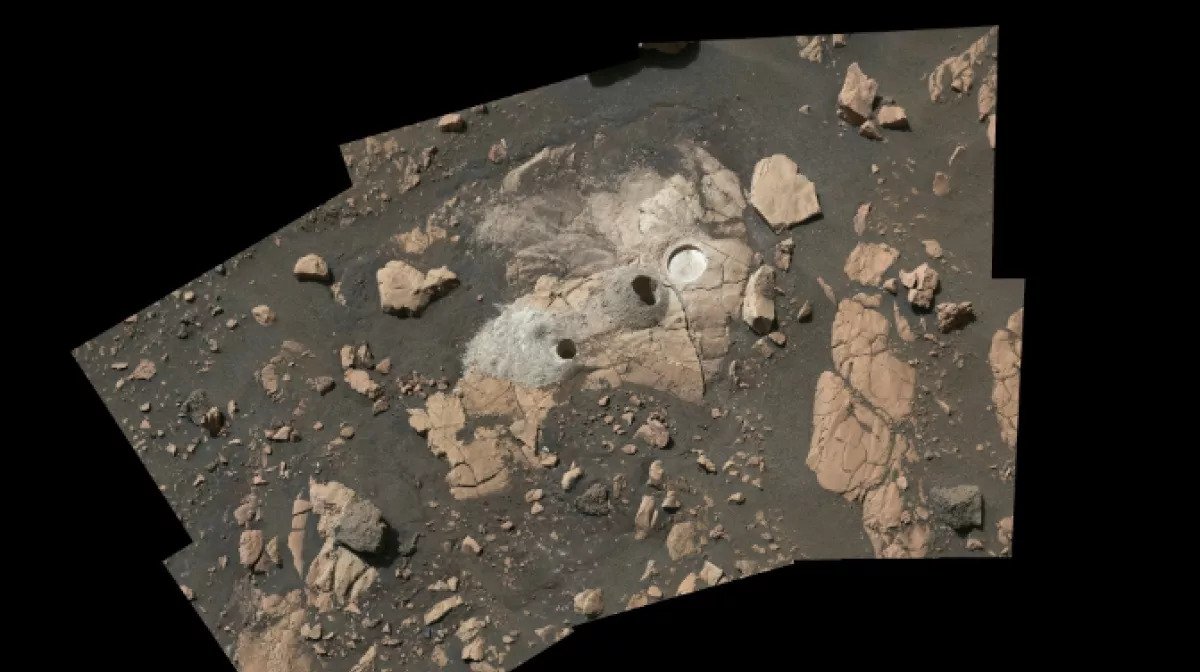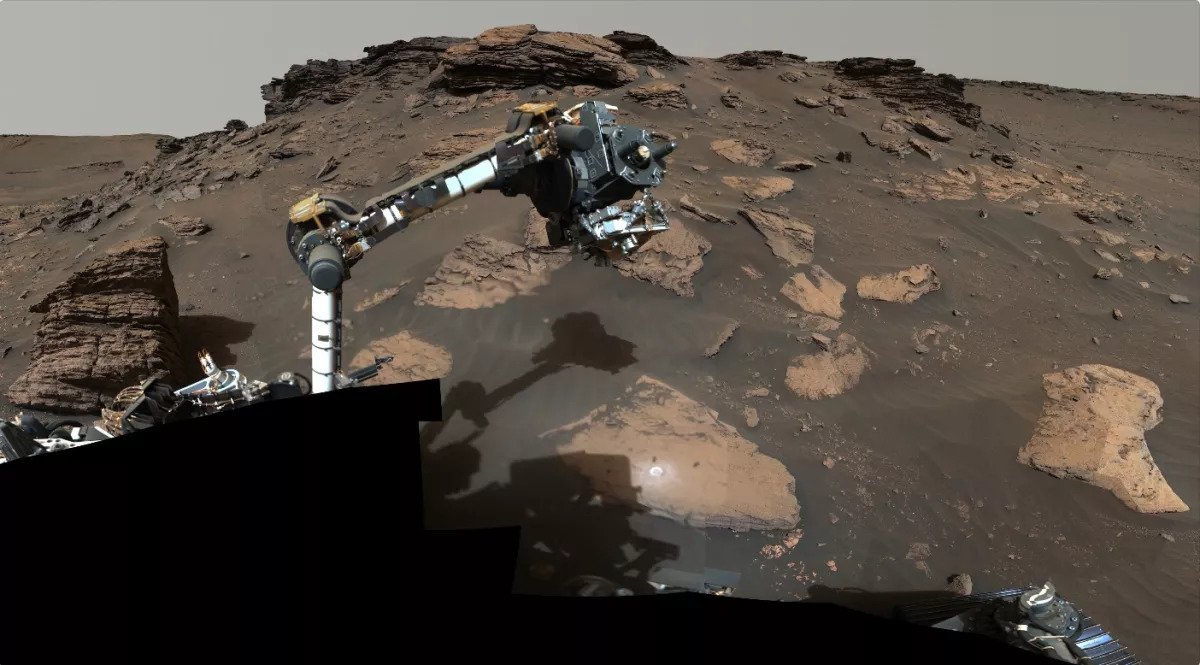The Perseverance rover has extracted soil samples rich in organic matter in the delta of the Martian river. However, they are not yet proof of the existence of life on it. They will be studied in terrestrial laboratories.

Organic Matter in Perseverance Samples
For the past few months, the Perseverance rover has been exploring the delta of an ancient river that flowed into a lake that existed in the Jezero crater. The sediments of this area consist of sedimentary rocks, which create excellent conditions for life on Earth.
Since July, the rover has already taken four samples and they contain a large amount of organic substances. This indicates that millions of years ago these rocks were deposited at the bottom of a reservoir, the conditions in which supported the stable existence of molecules that are the building blocks for life.
In particular, scientists were very interested in a 90 cm long rock called Wildcat Ridge. Perseverance examined this piece of mudstone, which is the result of recrystallization of clays similar to those found on Earth using the SHERLOC instrument. This tool is specially designed to quickly analyze organic matter.
SHERLOC found that a large amount of organic matter in the sample is combined with sulfates. On Earth, these sulfur-containing compounds preserve organic residues well, so there is a good chance to find out if there was ever life on Mars.
Awaiting a mission to return samples
At the same time, the researchers note that the organic matter in the sample is not a sign of the presence of life. At least, SHERLOC cannot unequivocally indicate this fact. For this, it is necessary to examine the collected samples in terrestrial laboratories, and scientists hope to get such an opportunity in the future.

In total, Perseverance has 43 flasks on board for Martian samples. Two of them are control ones. Samples were not taken from them in order to compare them with other samples and determine the impurities in them that got there from the Earth.
Another flask contains samples of the Martian atmosphere, taken during the first unsuccessful attempt to drill the Martian soil. Another 12 are also already sealed and contain rocks. The rest of the rovers will be used over the next few years.
In 2027 and 2028, the American Mars Sample Return lander and the European ERO orbiter are due to launch to the red planet. It is expected that after the first one reaches the surface of Mars, Perseverance will reach it and load the collected samples inside.
Next, the Mars Sample Return launches from the surface and connects in orbit with ERO. And it will turn on its engines and deliver them together to Earth. It is expected that scientists will be able to study Martian samples in the laboratory as early as 2033.
According to www.space.com
Follow us on Twitter to get the most interesting space news in time
https://twitter.com/ust_magazine

